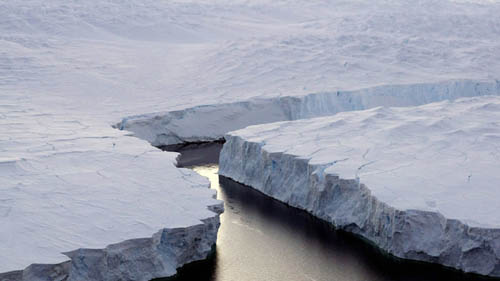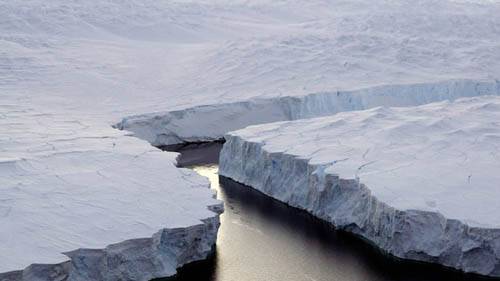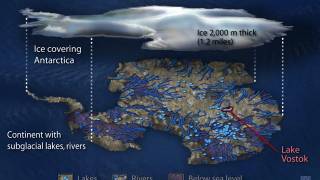New life forms found under sub-glacial Antarctic lake
Source: rt.com
Scientists from the British Antarctic Survey have found life in mud samples at the bottom of a sub-glacial lake in Antarctica. They found microbes dating back almost 100,000 years as well as organisms previously unknown to science.
The research team from the British Antarctic Survey and the universities of Northumbria and Edinburgh made their astonishing discovery at Lake Hodgson on the Antarctic Peninsula, and published their findings online in the journal Diversity.
During the last Ice Age the lake was covered by more than 400 meters of ice, but the ice sheet is becoming more exposed and is retreating and melting at an unprecedented rate. Due to rising temperatures in Antarctica, the emerging sub-glacial lake now has a thin covering of just 3 to 4 meters.
The team used a “clean core” drill style and used sterilized equipment to avoid possible contamination. They burrowed into and sampled sediments at the bottom of the lake, which is 93 meters deep and about 1.5 kilometers long by 1.5 kilometers wide.
The lake was believed to be too harsh an environment for any forms of life to survive, but the team found that many species of microbes were thriving in the extreme climate of the lake’s sediments.
The top few centimeters of the core contained current and recent organisms, but the layers of mud at the bottom represent a time capsule containing the DNA of microbes that have lived there throughout the millennia. Once the core reached a depth of 3.2 meters, the microbes dated back nearly 100,000 years.
“The fact that these organisms have survived in such a unique environment could mean they have developed in unique ways which could lead to exciting discoveries for us. This is the early stage and we now need to do more work to further investigate these life forms,” lead researcher David Pearce said in a statement.
The team found life in the form of fossil DNA, including a range of extremophiles, a species adapted to the most extreme environments, which use a variety of chemical methods to sustain life without oxygen.
One of the DNA sequences was related to one of the most ancient forms of life known on earth, but over 20 percent of organisms are previously unknown.
Twenty-three percent of this diversity could only be identified to “unidentified bacterium.” Many of these species are likely to be completely new to science.
[...]
Read the full article at: rt.com






















